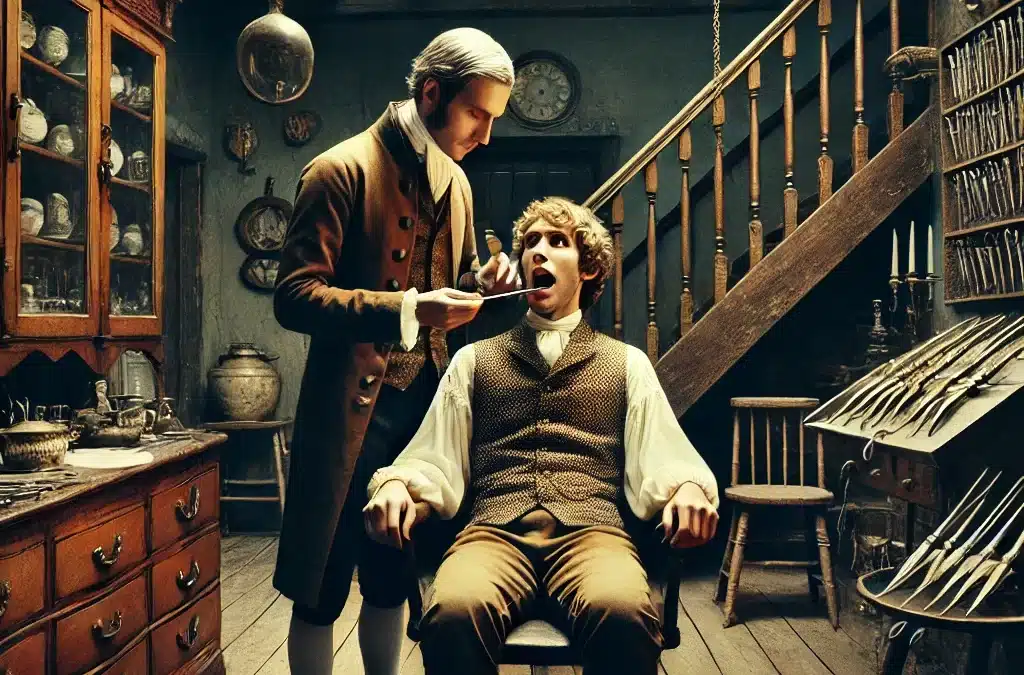In the quest to perfect the human smile, dentistry has ventured down some peculiar paths. Among the more bizarre chapters of dental history is the use of animal teeth for human dental transplants. This practice, which predates modern dental implants, reveals both the ingenuity and the desperation of early dental solutions.
Weird Dental Fact: Long before titanium implants became the standard for replacing missing teeth, some enterprising dentists experimented with animal teeth as substitutes for human teeth. This practice was not only driven by a scarcity of suitable human teeth but also by curiosity about the potential for animal materials in medical procedures.
Historical Context: During the 17th and 18th centuries, when dental science was still in its infancy, the concept of replacing lost teeth with those from animals seemed feasible. Pioneering dentists would transplant teeth from animals such as dogs, sheep, and even baboons into human patients. Unfortunately, these transplants rarely succeeded. The human body often rejected these animal teeth, leading to infection and other complications.
The Downfall and Legacy: The practice fell out of favor as it became apparent that animal teeth were incompatible with human biology. However, these early experiments paved the way for the development of modern dental implants and prosthetics. They highlighted the need for biocompatible materials in dental restorations, eventually leading to the sophisticated implants we use today.
While the idea of using animal teeth in human mouths is unsettling today, it serves as a reminder of the lengths to which humanity has gone to solve medical challenges. These historical endeavors, while not always successful, have contributed to the vast body of knowledge that shapes modern dental practices.




